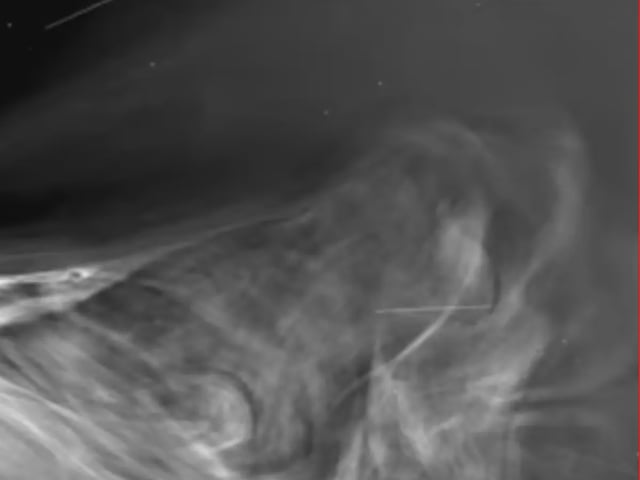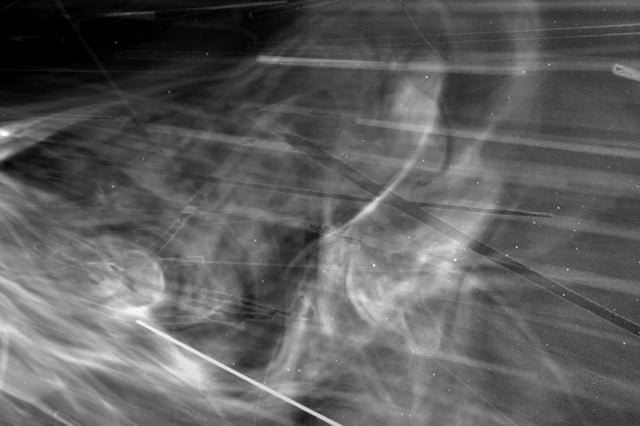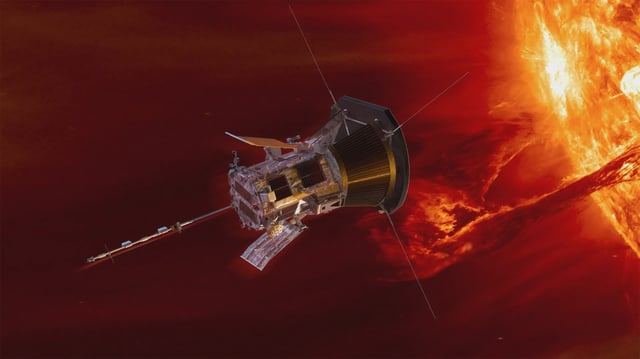Overview
- The probe’s Dec. 24, 2024 flyby brought it within 3.8 million miles of the Sun, setting a new record for closest approach.
- WISPR data show multiple coronal mass ejections piling up in the corona, shedding light on how these solar storms merge.
- Researchers identified Kelvin-Helmholtz instabilities inside a CME, confirming wave-like patterns once seen only in simulations.
- The images map the heliospheric current sheet, the boundary where the Sun’s magnetic field flips from north to south.
- NASA will apply these observations to refine space weather forecasting and gear up for the probe’s next flyby on Sept. 15, 2025.



